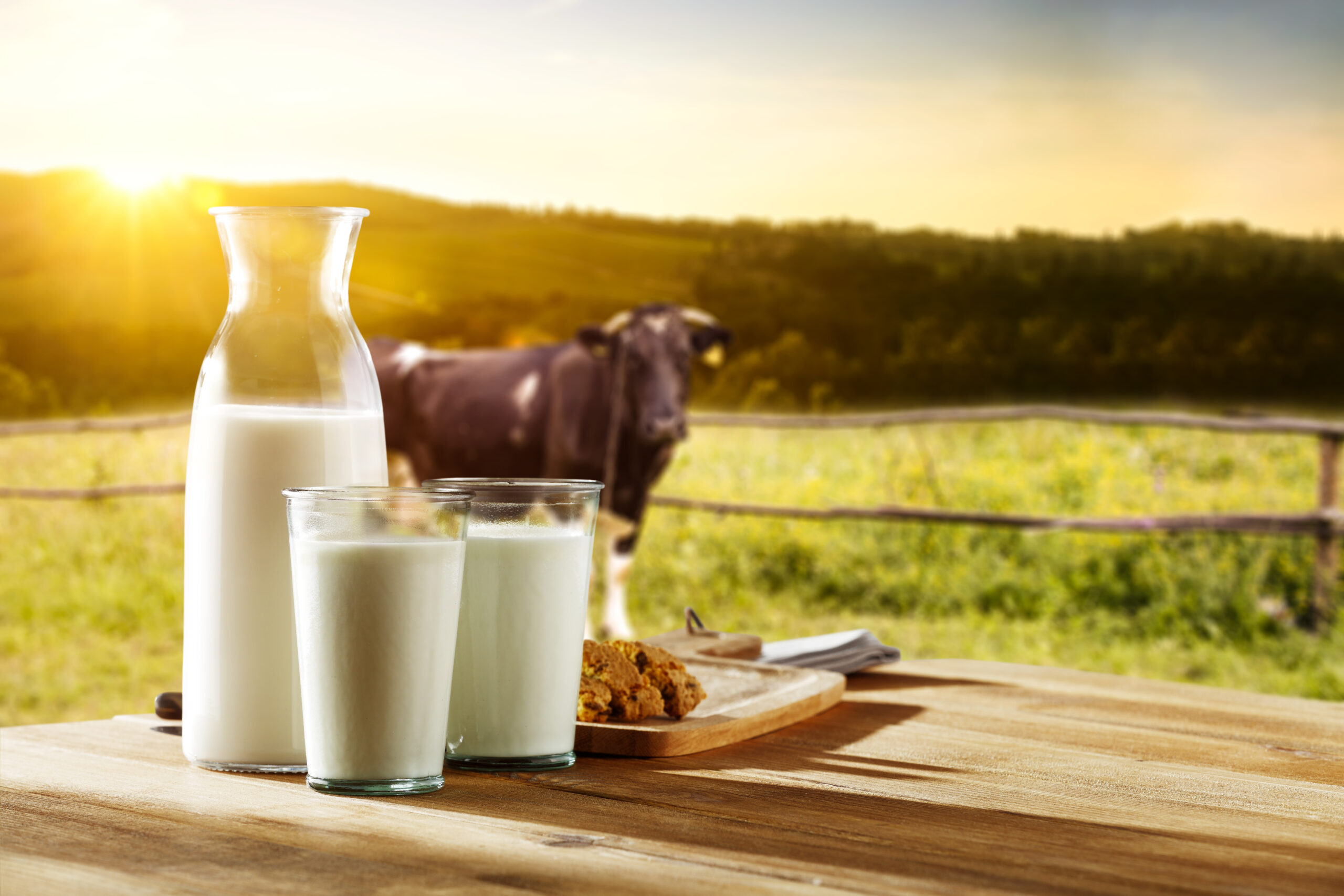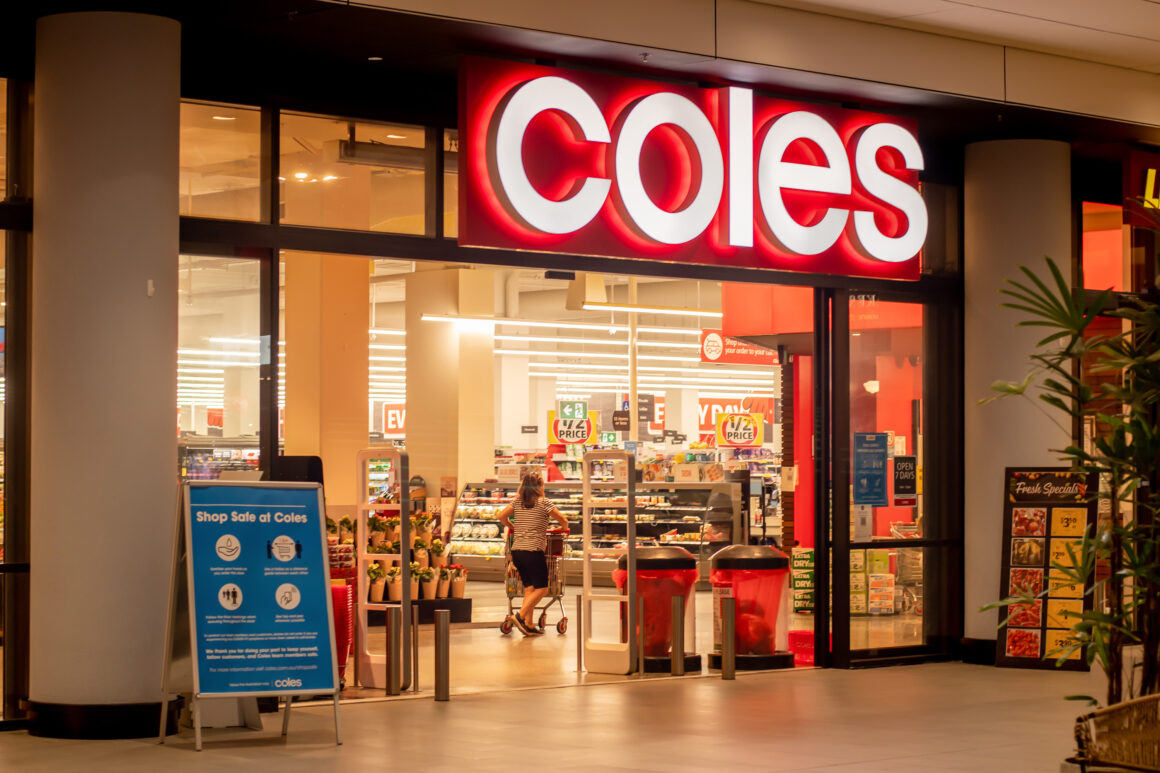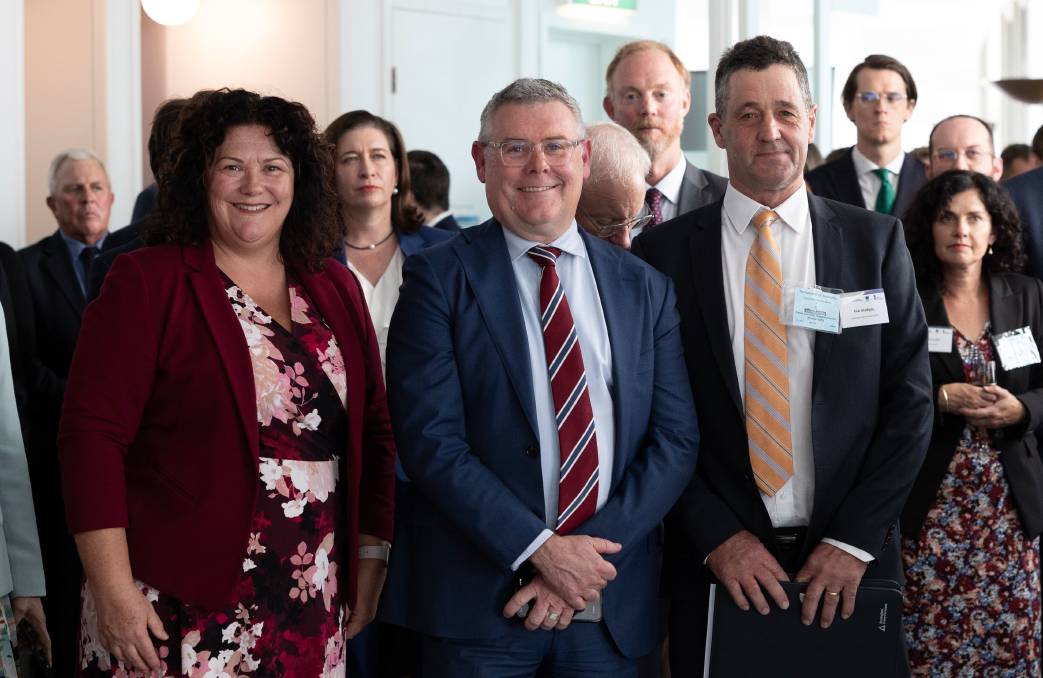It’s something we see so often in life – people seizing an issue and misrepresenting the facts to push their agenda.
That’s exactly what has happened recently in the dairy industry. If you haven’t yet heard of the cost-of-living crisis, you’re lucky. It has been all over the news.
Yet, some industry participants have seen this as an opportunity to pursue their agenda to effectively water-down the mandatory Dairy Code of Conduct. They’ve presented an argument that the Code is, in effect, setting prices and contributing to this cost-of-living crisis.
Blaming the Code for food inflation or the price difference between high domestic dairy prices and cheap international dairy products is, at best, misleading.
This deliberately misrepresents and confuses a number of issues, including the purpose of the Code, how milk prices are set, and underlying world supply and demand.
The misrepresentation is particularly concerning, given the timing. The Department of Agriculture, Fisheries and Forestry is currently seeking the industry’s feedback on aspects of the Code.
Firstly – the Code does not set prices. It adds rigour to contracts. It was introduced after the devastating behaviour of processors in 2016, when they clawed back payments to farmers – resulting in many leaving the industry and contributing to reduced supply.
Secondly – domestic prices are, in effect, set by milk processors. The processor places their price in the market. Farmers and processors then lock in commercial contracts accordingly.
Thirdly – the disparity between high domestic prices and low international prices is being driven by underlying market forces. It’s simple supply and demand.
Domestic milk prices were ‘bid up’ as Australian processors vied to fully utilise their excess processing capacity, as they (not the Code) set prices. Whereas, discounted international prices from the likes of New Zealand and the US are largely because these are major net exporters of dairy products. This domestic Australian shortage and the export surplus of our competitors is what causes a world price differential – not the Code.
It was the years of volatility and low prices paid by retailers and processors, as well as the 2016 clawbacks, that contributed to the declining milk supply in Australia and excess processing capacity.
In the ACCC’s words, the Code is intended to “account for the imbalance of bargaining power between dairy farmers and processors, and address longstanding industry practices which were seen to be unfair or had the effect of deterring farmers from responding to market signals”.
One way it brings rigour, discipline, and price transparency to the market is in forcing processors to nominate their minimum price and honour their fixed-price agreements.
Processors determine their (minimum) price which, upon signing a contract, is locked in. They’re able to increase prices, if they choose. In certain circumstances, if justified, they can also reduce prices.
Importantly, like all good market instruments, the Code helps farmers and processors share and manage risk.
It’s clear to us the Code is working. In taking action against a processor last year under the Code, the ACCC stated: “we considered (the processor’s) conduct would reduce transparency in the industry and served to perpetuate systemic bargaining power imbalances between processors and farmers”.
Ironically, if you want further proof the Code is working, you need look no further than this recent Code-price spin from our processors. It has also passed many other tests.
It was reviewed in November 2021 by the Federal Department of Agriculture. In that review, most stakeholders, including the ACCC, were highly supportive of the Code.
Similarly, the Senate inquiry into the dairy industry and the ACCC’s perishable goods inquiry found no evidence of a reduction in competition arising from the Code.
Farmers are business people. They require a strong, competitive and transparent marketplace to drive greater milk production and ensure milk processing capacity is fully utilised.
Targeting the Code as the cause of food inflation or international-domestic price spreads is clearly a misleading tactic to push an agenda to water it down.
If processors want to have an open conversation about price transparency and contracting options, they should do so. If they say they support the Code – then do just that. Park the spin.
Increasing domestic production is a real issue faced by the whole industry – something which farmers and processors are working on, and which is critical to the future of our industry.
At a basic level, knowing what they’ll be paid gives farmers the certainty they need to make investment decisions for their business. Without that certainty, you’ll see a whole lot more farmers leave our industry – right when we need them to increase supply.
As such, Australian Dairy Farmers (ADF) strongly supports the underlying principles of the Code.
No doubt we’ll continue to hear complaints about the Code. But let’s not get sidetracked by the agenda and the spin.
This indicated desire to wind back the Code cannot be allowed to snowball into a return to the years of volatility and low prices paid by retailers and processors. Such a situation would only serve to perpetuate the dilemma of declining milk supply in Australia and excess processing capacity.







